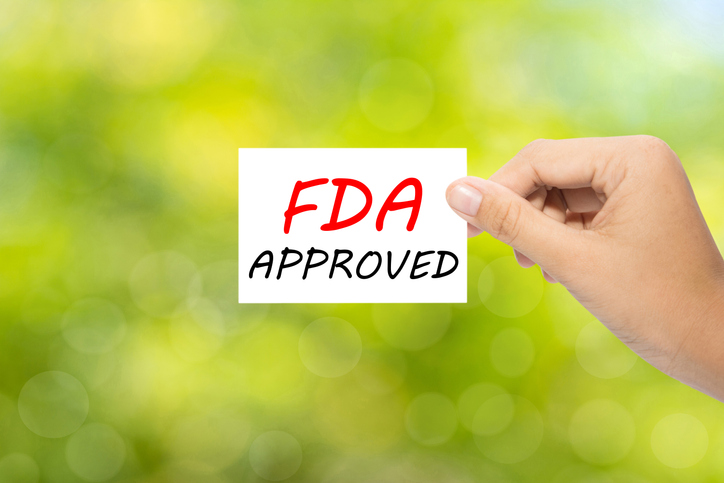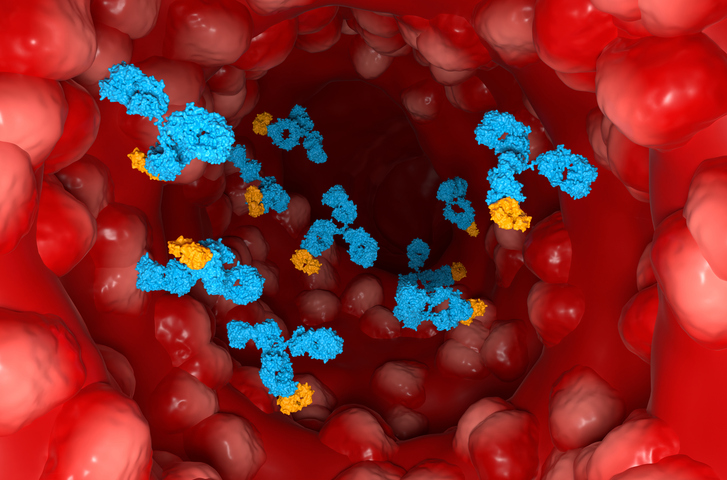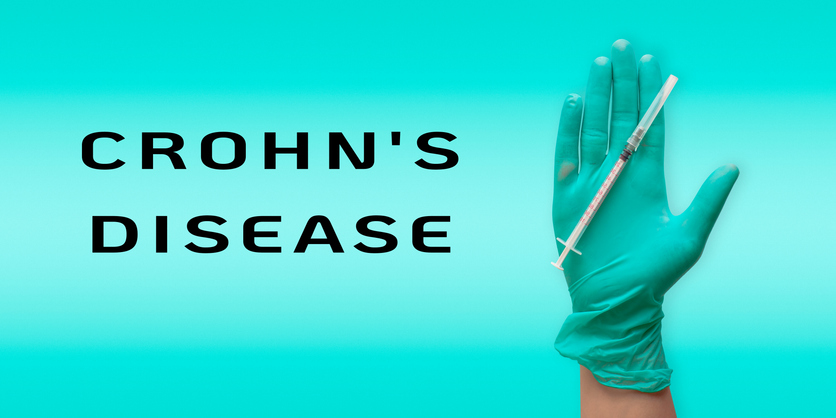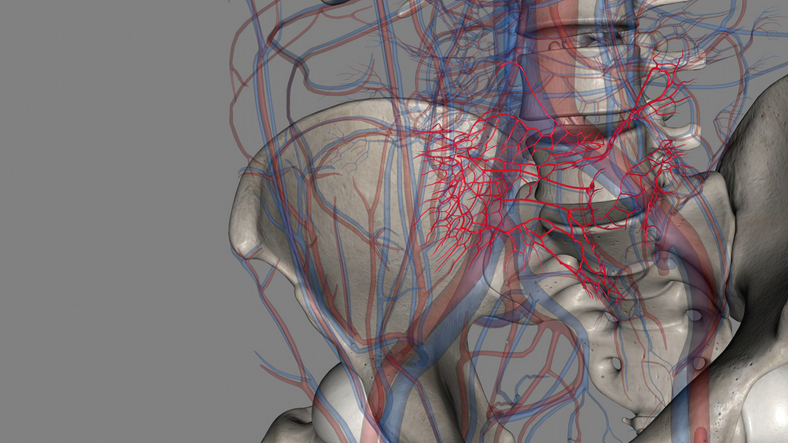
Use of partial fundoplication for the treatment of gastroesophageal reflux disease (GERD) may be superior for total fundoplication by inducing less dysphagia, according to a study published in JAMA Surgery.
In the study, the two laparoscopic approaches were equally effective in reducing esophageal acid exposure after 3 years, but mechanical adverse effects were more common with total fundoplication, reported Bengt S. Hakanson, MD, PhD, of Karolinska Institute, Stockholm, Sweden, and colleagues.
The objective of this study was to evaluate the potential advantages of a 270° posterior partial fundoplication compared with a traditional Nissen total fundoplication. The study included 456 patients who were randomly assigned to either partial or total fundoplication for the treatment of GERD and followed for up to 5 years. More than half of patients (58.8%) were male, and the mean age of patients was 49.0.
At 3 years, the median esophageal acid exposure was reduced from 14.6% to 1.8% with the partial procedure and from 16.05% to 2.5% with the total procedure. There was no significant difference between the two approaches. Reflux symptoms were “equally and effectively” controlled, the researchers wrote.
There was a small but significant difference in the mean scoring of dysphagia for liquids at 6 weeks and for solid food at 12 months and 24 months with the partial procedure compared with the total procedure.
“Dysphagia after antireflux surgery remains a concern,” the researchers wrote. “One important mechanism behind this might be the overcorrection of the basal tone of the lower esophageal sphincter elicited by wrapping the top of the fundus around the EGJ. In this context, the preoperative use of an intraesophageal bougie may help to control the problem.”
Finally, although quality of life was reduced prior to surgery it increased to normal values after the procedures and remained increased over the 5-year follow-up. There was no difference in quality of life outcomes between the two treatment groups.
“The finding of a statistically significant difference in dysphagia scorings in favor of partial fundoplication after 1 and 2 years suggests that partial fundoplication can be recommended before the more commonly performed total fundoplication for surgical treatment of GERD,” the researchers concluded.
In an editorial that accompanied the study, Marco G. Patti, MD, of University of North Carolina, Chapel Hill, pointed out that the debate about partial compared with total fundoplication has been ongoing for many years, with the use of partial fundoplication slowly abandoned as results of studies showed a higher recurrence rate with long-term follow-up. Patti also pointed out that the study by Hakanson and colleagues did not use a bougie, “a step that has been shown to significantly decrease the incidence of postoperative dysphagia”.
“This is an important study that confirms the efficacy of a 270° posterior partial fundoplication in the treatment of gastroesophageal reflux disease, suggesting that both the total and the partial fundoplication have a place in the armamentarium of the surgeons who treat patients with gastroesophageal reflux disease,” Patti wrote.
Hakanson BS, Lundell L, Bylund A, Thorell A. JAMA Surg. 2019;doi:10.1001/jamasurg.2019.0047.







 © 2025 Mashup Media, LLC, a Formedics Property. All Rights Reserved.
© 2025 Mashup Media, LLC, a Formedics Property. All Rights Reserved.